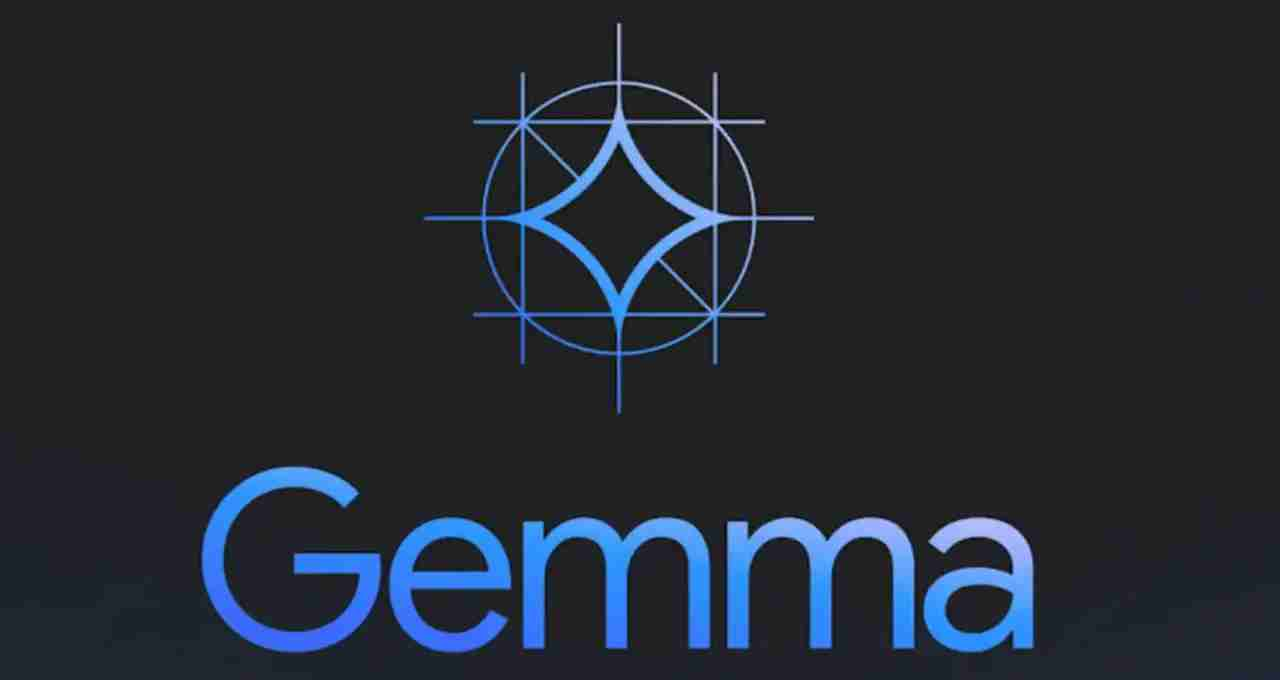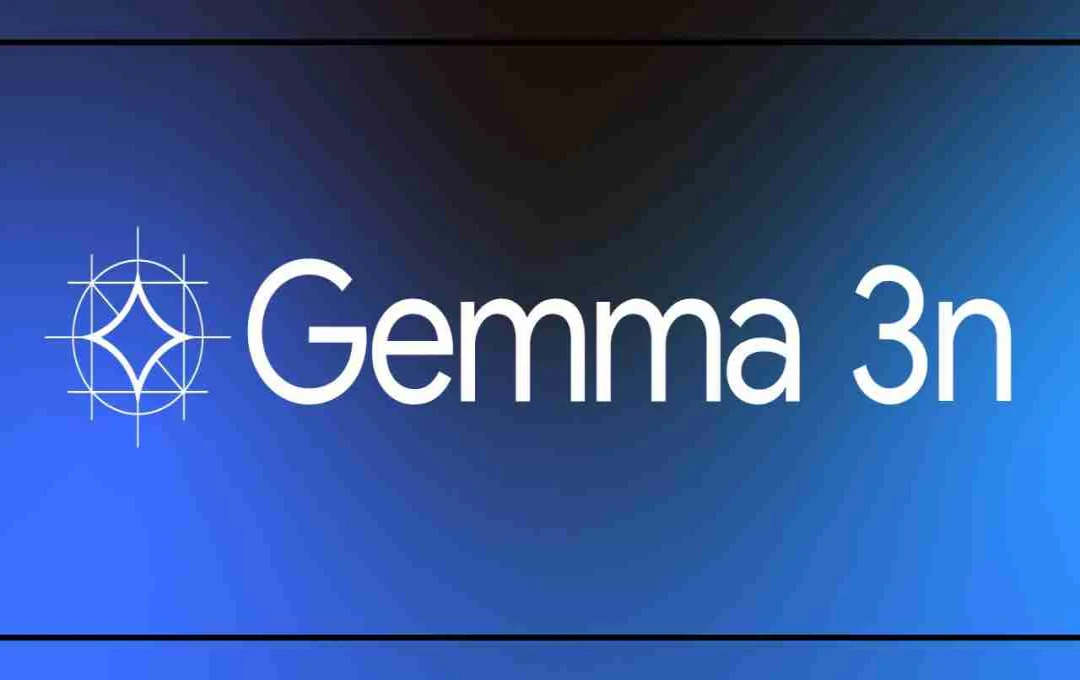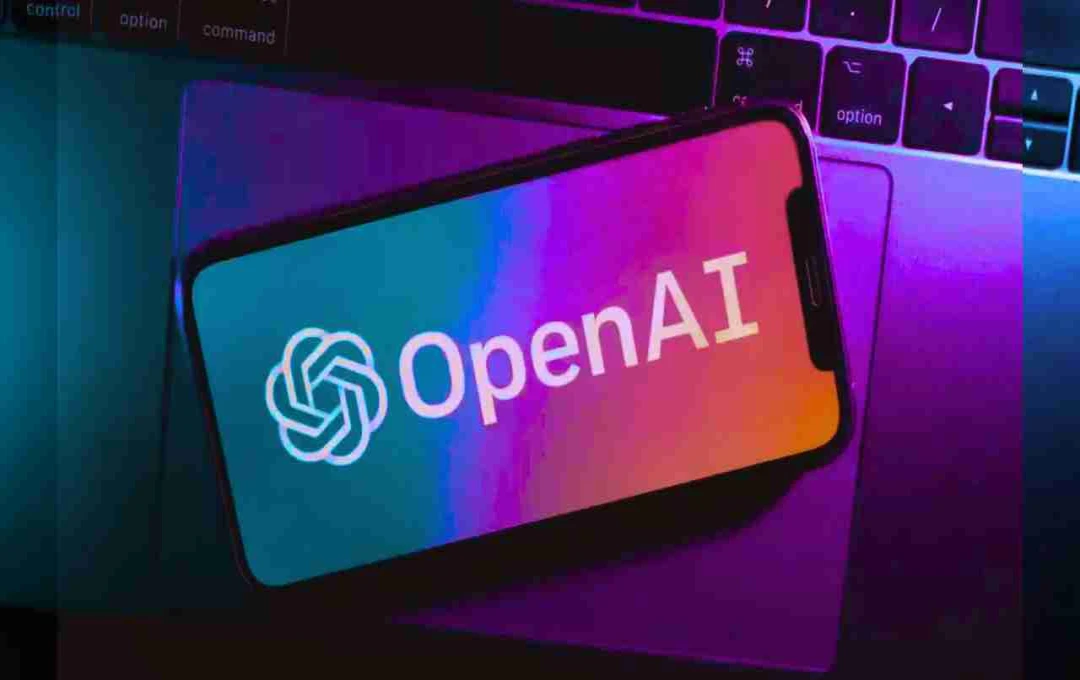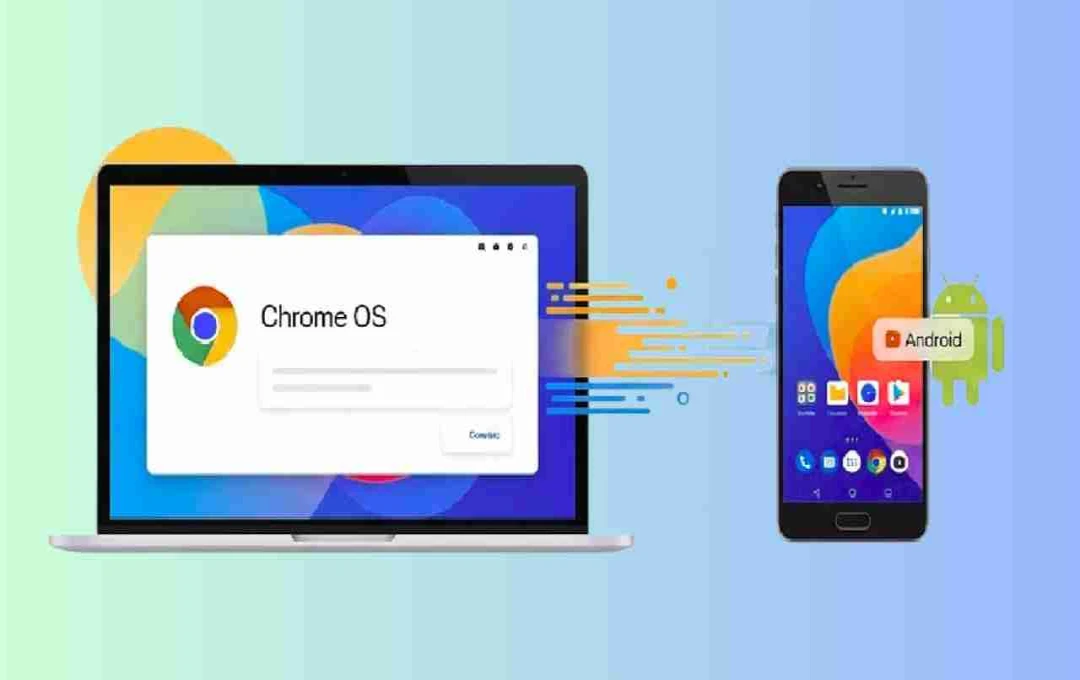Google has finally launched its much-anticipated on-device AI model, Gemma 3n, which the company announced in May 2025. This new AI model is specifically designed for devices with very low memory and low power, such as smartphones and edge devices.
Technology: Google has taken a new and revolutionary step in the world of Artificial Intelligence (AI) by introducing its new on-device AI model called Gemma 3n. Its specialty is that it can work with full capacity even without the internet. This means that users will no longer have to rely on the cloud or an internet connection for AI features. Google first announced this model in May 2025 and has now officially launched it.
Gemma 3n is specifically designed for areas where internet connectivity is weak or where privacy is of great importance. The company claims that this model can easily perform tasks like audio, image, video, and text processing, even without the internet.
What are the special features of Gemma 3n?
The backbone of Gemma 3n is its new architecture, MatFormer, or Matryoshka Transformer. The idea for this name comes from the Russian nesting dolls, where there are many small dolls inside a large doll. Similarly, in MatFormer, there are many small sub-models within a large model, which are fully functional. This allows developers to scale Gemma 3n according to the capacity of their device. Google has introduced this model in two variants —
- E2B, which can work on only 2GB of RAM
- E4B, which requires approximately 3GB of RAM
- That is, this technology will work smoothly even in low-end smartphones, which strengthens Google's purpose — AI for everyone.

No compromise on performance either
Gemma 3n has around 5 to 8 billion raw parameters, but its design is so efficient that it does not demand many resources. Google has used Per-Layer Embeddings (PLE) technology, which reduces the load on the GPU and makes better use of the CPU. In addition, a feature called KV Cache Sharing has been added, which almost doubles the speed of processing long audio and video inputs. The advantage of this will be that even heavy content can be processed quickly, without sending data over the internet.
Powerful audio and voice capabilities
Gemma 3n includes a built-in audio encoder taken from Google's Universal Speech Model. Through this, speech-to-text and real-time language translation will be possible right on the phone. Especially from English to Spanish, French, Italian, and Portuguese languages, its results are said to be excellent. For vision processing, it includes Google's new MobileNet-V5 lightweight vision encoder.
It can smoothly process videos up to 60 FPS. This means that real-time video analysis on phones like Google Pixel will be better and faster than ever before.
Great confidence regarding privacy as well
The most important thing is that Gemma 3n works completely offline. This means that users' data will not be uploaded to the internet, which will minimize the risk of privacy. This will prove to be the biggest plus point for many users, especially in sectors where privacy is sensitive, such as government data, medical data, or defense-related data processing.

Google says that this model will particularly help in empowering digital facilities in remote areas, such as mountainous or rural areas. In such areas, it will be possible to provide AI-based language translation, audio analysis, image processing features even without the internet.
New hope for developers
Google stated that Gemma 3n will remain open-source so that developers can customize it according to their needs. Because of the MatFormer architecture, developers will be able to easily integrate it into their applications, regardless of the device's capacity. Overall, Gemma 3n is not only a new example of technology but also an AI platform that will promote the idea of Digital Inclusion.















